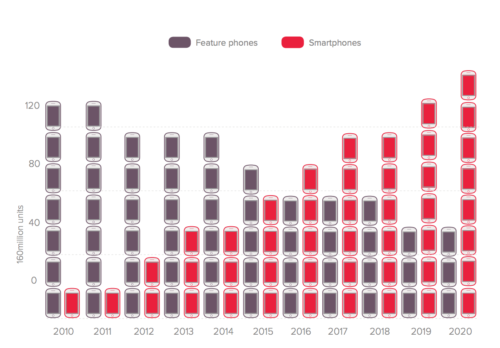Reposting this here from Panoply Digital.
As we approach the end of the year, we at Panoply Digital are working our projects and spending some time in research, reading, and reflection. In the interests of sharing, I wanted to share the reading and research part as it affects many of us working in international education and ICT4D.
Bridge International vs. Kenyan Teachers
The first is the latest salvo in the ongoing skirmish between Bridge International and apparently all of Kenya at this stage, a report from Education International (EI) and the Kenya National Union of Teachers (KNUT) titled Bridge vs. Reality. While clearly the authors have a stake in the outcome, it is a fairly damning report and well worth the read for all in international education. The passage that proved most troubling to me:
“More specifically, it is revealed that in Kenya the majority of BIA students are taught by unqualified, overworked, teachers using teaching scripts (developed in the US) read from tablets. The school infrastructure is basic and viewed by many as inadequate. The fees are much higher than implied by BIA in the media and parents of BIA students admitted that these fees were pushing them into debt or causing them to struggle to pay for food and healthcare. Regular payments are strictly enforced and students who are behind with payments are excluded from the classroom.”
By way of disclosure, I have spent my life in education and have never hidden behind anything other than the fact that I am for public education as a public good. Anything that steers funds or autonomy elsewhere, particularly towards non-indigenous, for-profit alternatives, I resist. I am not against alternatives, but I am against teaching and learning being reduced to automation and with scripts, technology and testing all emphasizing this reductionism, I resist. And it seems that Kenyan teachers are resisting as well. Good on them. We have written about this before but nice to see that this resistance hasn’t abated. My take is that the current government will back away from the toxicity, or the opposition will use it as a wedge in the next election.
Ericsson Mobility Report
On a brighter side, the Ericsson Mobility Report is out and full of useful data on mobile trends worldwide and in particular the two regional reports on Sub-Saharan Africa and the Middle East and North Africa (MENA). With Sub-Saharan Africa, some good uptake on mobile devices most likely due to affordability: “alongside declining data prices, which is stimulating traffic, there is an increase in the accessibility of smartphones due to lower prices as a result of subsidies and access to purchase plans. This is reflected in various models by local operators, handset providers and financial institutions.” So some concerted effort to lower prices of both the technology and the data is starting to pay off.
In terms of the technology itself, smartphones are beginning to take off as we are seeing more and more affordable alternatives on the market. Lots of implications here for ICT4D as the temptation will be to start designing projects towards that soon to be smartphone majority and I suspect we will see a rash of development projects do just that. But those yellow bands aren’t going away and neither should our attention if we want to reach all, let alone the people without technology at all.

Opera State of the Mobile Web in Africa
Digging a little deeper into the African context through the conduit of the most popular mobile browser on the continent, the Opera State of the Mobile Web in Africa report provides some good background information on mobile development and trends. Much of the report expands on bits from the Ericsson regional report, like the following which shows how smartphones are starting to fully come into their own on the continent, with 2016 being the first year more smartphones are being shipped in Africa than feature phones. There are lots of implications here as well for development projects in the region as the temptation will be to maximize the functionality that smartphones provide: heavier emphasis on media, video, and the perception of endless data. As the report suggests, smartphones pose challenges to the existing infrastructure: high data cost are still the norm in many parts of the continent, data theft (30% of data is lost in the background, increase in page sizes, and limited network capacity. Well worth a read.

